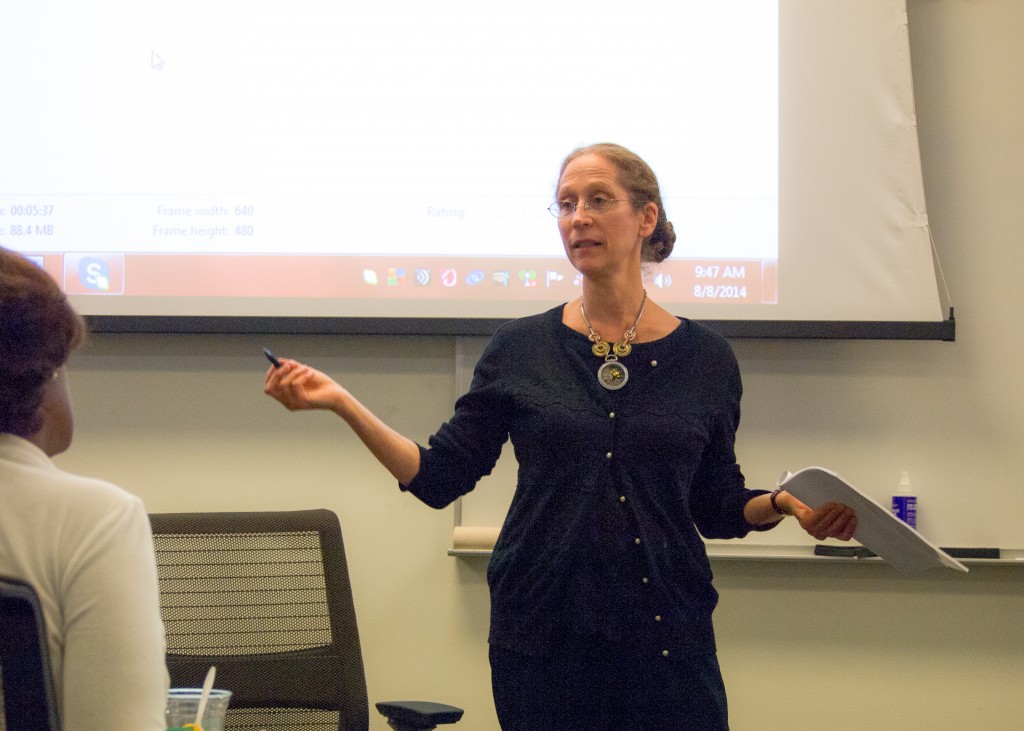A note to therapists from the founder
Clinicians often come into an ART training with skepticism about how quickly and effectively clients find relief. Then, during the training, they will start to feel an overwhelming sense of curiosity and amazement at how quickly the brain can accept change with this method. They experience ART’s healing power for themselves when they practice with another trainee. That is when the clinicians begin to sound like I do –enormously enthusiastic about ART. One clinician with years in the trauma field and already skilled at PE, CPT and EMDR stated – “this is going to be a game changer.”

I experience an ongoing sense of amazement myself when I see lasting results as clients find relief from somatic symptoms linked to past traumas. Clients may also experience anger turning into compassion for others as part of their healing process.
A revolutionary way to approach therapy for PTSD and other mental health issues, ART is unique in its approach. ART’s directive approach includes specific interventions for different conditions and a procedural protocol that also involves connecting both the client and the clinician to their most creative abilities. The use of metaphors to problem solve can produce quick and remarkable results. Children love using ART because of its creativity.
Therapists are often looking for ways to increase their resiliency. We talk about “burn out” because we, as therapists, are hearing distressing narratives all day long. Using ART, however, opens the door to resolving serious problems without the clients having to relate the distressing details. The immediate benefits and ability to rapidly lower distress is very gratifying. The fact that ART is more process oriented and less content oriented also increases resiliency because the clients are doing the work to find their own solutions.
Therapists have been able to learn and apply ART in just three days of Basic ART Training. Among the many therapists I have trained are those at the University of South Florida (USF) who conducted a randomized clinical trial with service members and veterans. Their results were published in Military Medicine 2013. These therapists were able to produce clinically meaningful results in an average of three to four sessions with their subjects.
I am passionate about seeing ART spread. ART is so rapid and procedural that many individuals, ordinarily not willing to seek treatment or who prematurely drop out of traditional therapy, can derive benefits from this therapy. Clients leave a session feeling better than when they came in and are more willing to return for another session if one is needed. The more clinicians who are utilizing ART’s unique tools, the more clients there will be that are released from their suffering.
Thank you for considering to add ART to your practice.
Laney Rosenzweig
